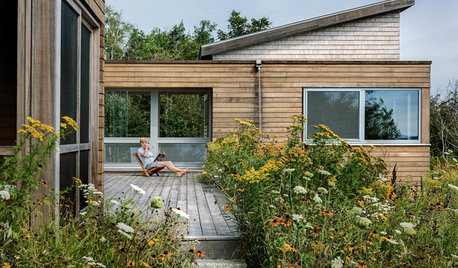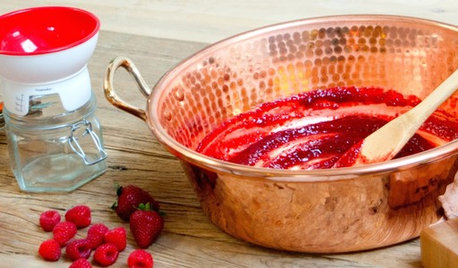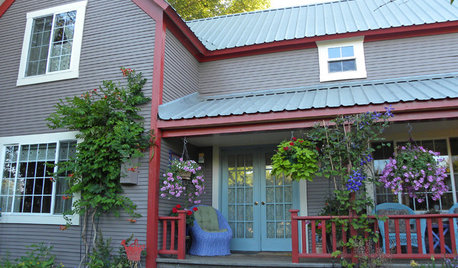Volunteer Sweet 100 Tomatoes
fmouse
10 years ago
Featured Answer
Sort by:Oldest
Comments (8)
qaguy
10 years agoRelated Professionals
Glendora Landscape Architects & Landscape Designers · Seabrook Landscape Architects & Landscape Designers · Vernon Hills Landscape Architects & Landscape Designers · Fair Lawn Landscape Contractors · Hollywood Landscape Contractors · Hurricane Landscape Contractors · Las Vegas Landscape Contractors · Washington Landscape Contractors · Brownsville General Contractors · Klahanie General Contractors · La Marque General Contractors · Newburgh General Contractors · Rotterdam General Contractors · Auburn Decks, Patios & Outdoor Enclosures · Baltimore Decks, Patios & Outdoor Enclosuresdigdirt2
10 years agofmouse
10 years agolabradors_gw
10 years agorobertz6
10 years agosheltieche
10 years agofcivish
10 years ago
Related Stories

EDIBLE GARDENSSummer Crops: How to Grow Tomatoes
Plant tomato seedlings in spring for one of the best tastes of summer, fresh from your backyard
Full Story
EDIBLE GARDENSHow to Grow Your Own Sweet Summer Crops
This guide will help any gardener get started on growing the freshest warm-season veggies and berries for summer
Full Story
GARDENING AND LANDSCAPINGWorld of Design: 10 Home Gardeners Show Us Their Sweet Summer Harvests
From New York to Tokyo, these gardeners have turned their yards, terraces and rooftops into places of bounty
Full Story
GARDENING GUIDES3 Ways to Revel in Summer Garden Sweetness
Patiently observe what works and doesn’t work in your landscape
Full Story
FARM YOUR YARDHouzz Call: Home Farmers, Show Us Your Edible Gardens
We want to see where your tomatoes, summer squashes and beautiful berries are growing this summer
Full Story
SHOP HOUZZHouzz Products: Save a Taste of Summer
Can't bear to part with the flavors of summer peaches, berries and tomatoes? Then jam on it!
Full Story
SPRING GARDENINGSummer Crops: How to Grow Strawberries
Pluck your own sweet strawberries right from the garden vine for smoothies, salads or eating then and there
Full Story
HOUZZ TOURSMy Houzz: An Oregon Cottage With 21 Flavors of Color
A profusion of paint colors plus inviting porches and gathered pieces create a welcoming feel in a retired couple's 100-year-old home
Full Story
DECORATING GUIDESHouzz Call: What Home Collections Help You Feel Like a Kid Again?
Whether candy dispensers bring back sweet memories or toys take you back to childhood, we'd like to see your youthful collections
Full Story
GARDENING GUIDESEssential Watering Tips for Your Edible Garden
To give your edible plants just what they need, check out these guidelines for how, when and how much to water
Full StorySponsored
More Discussions






seysonn